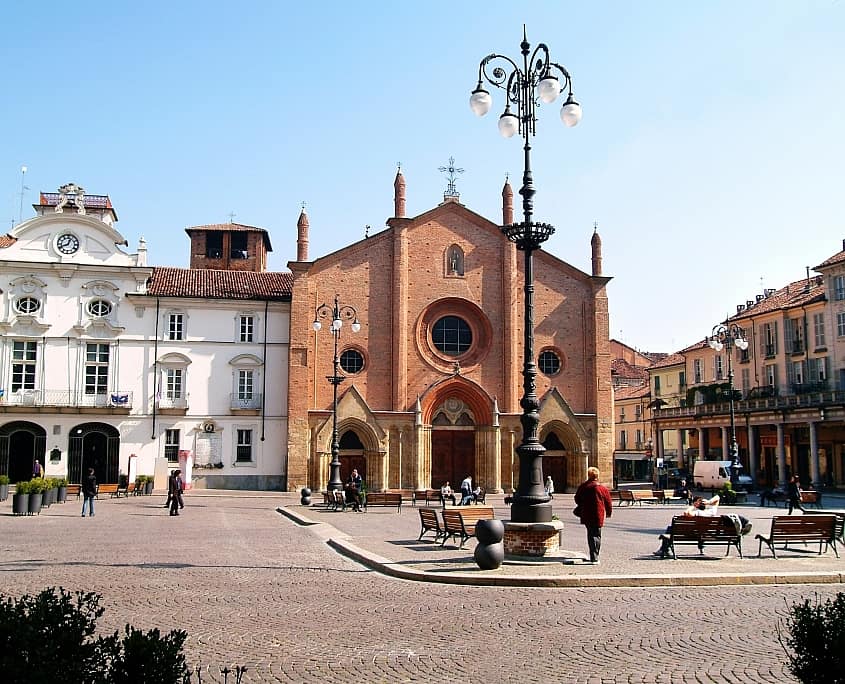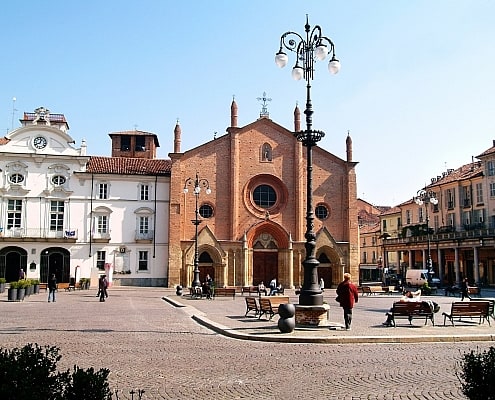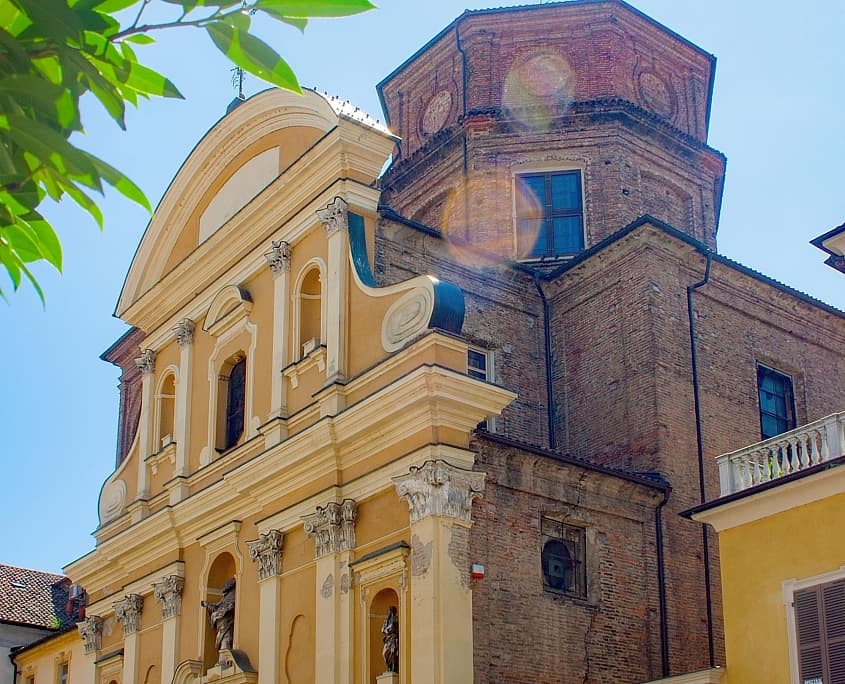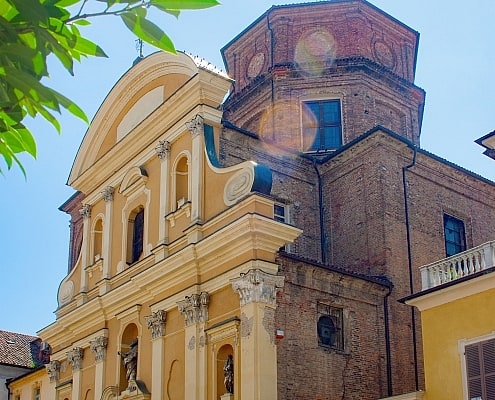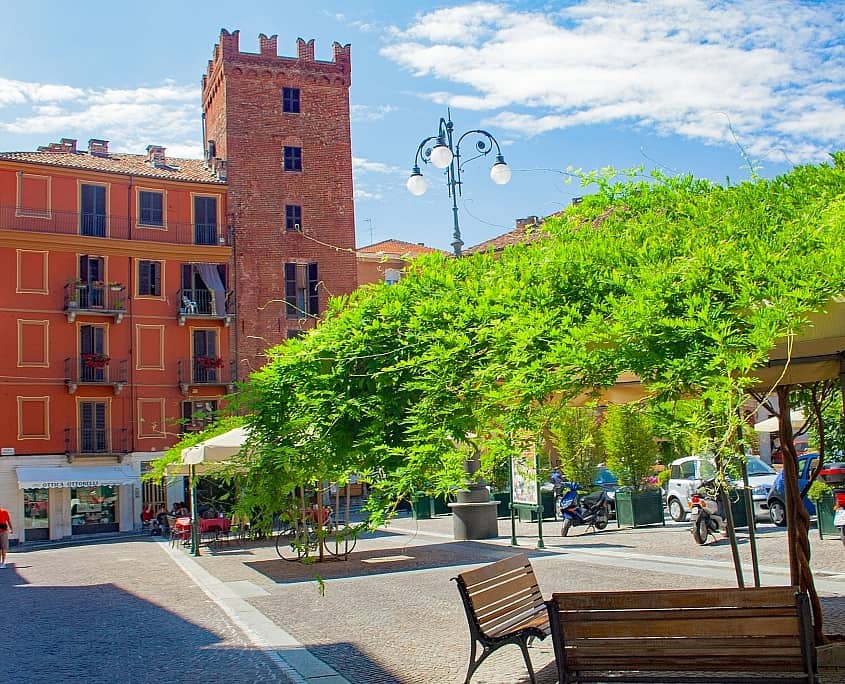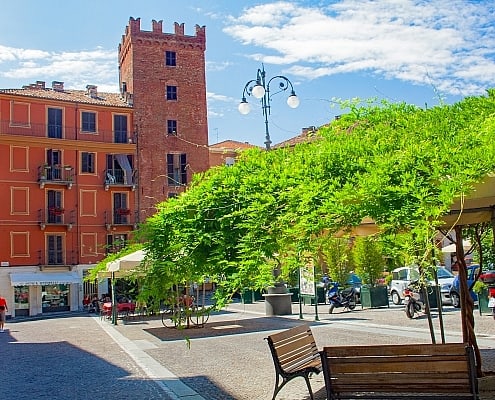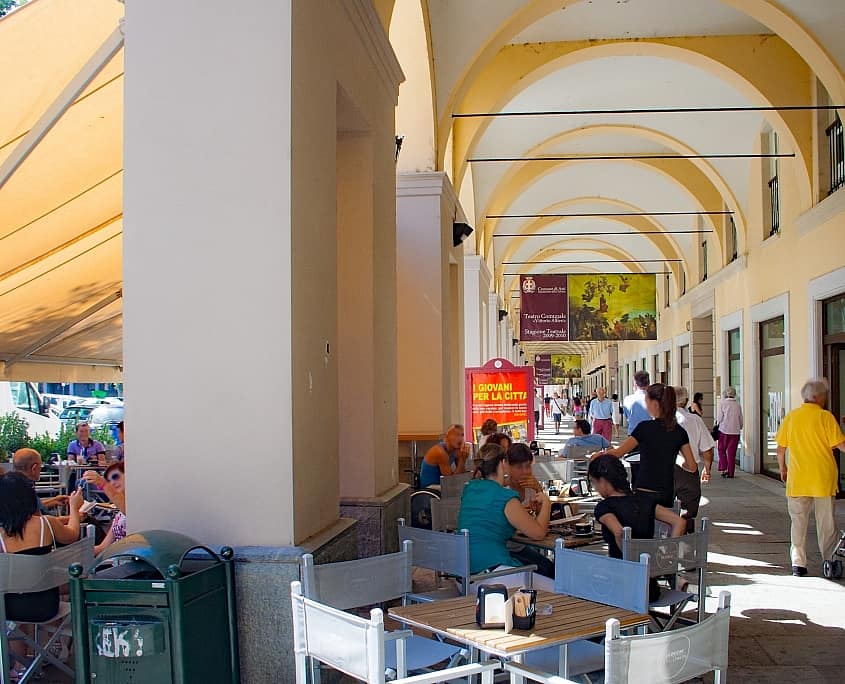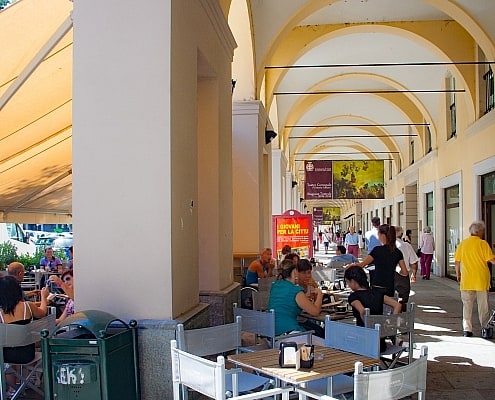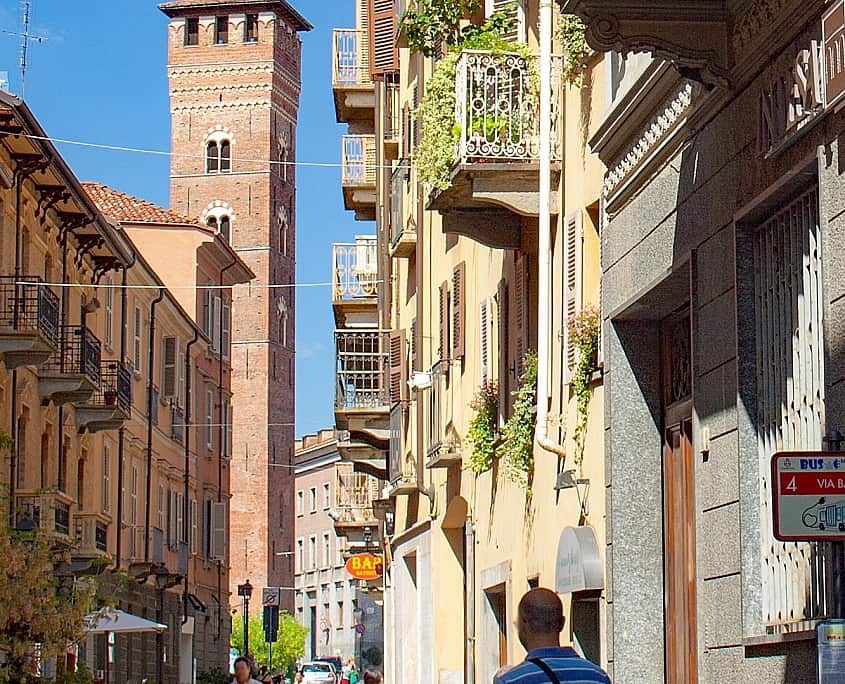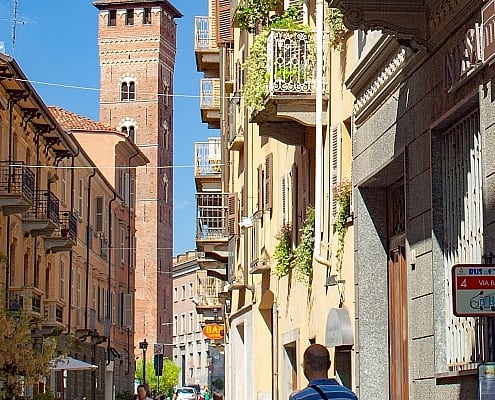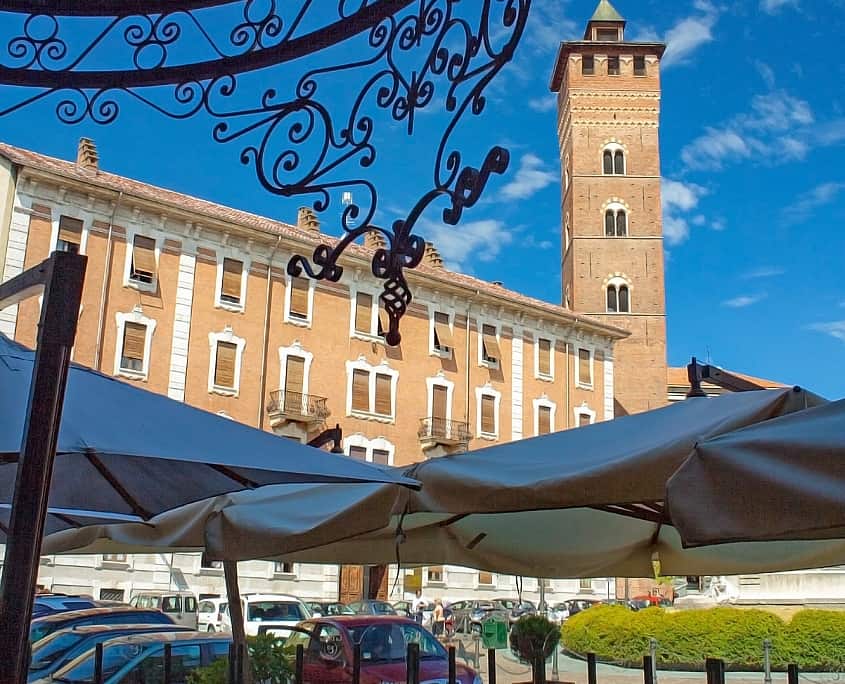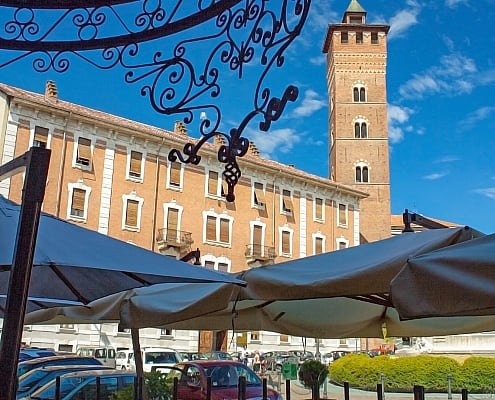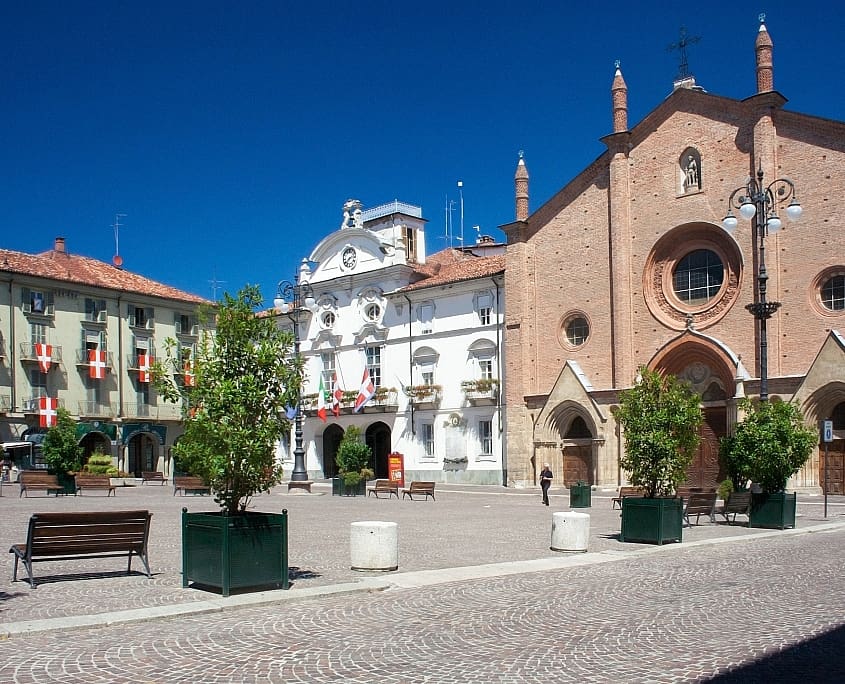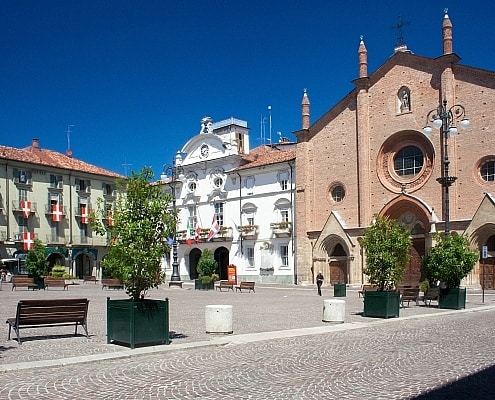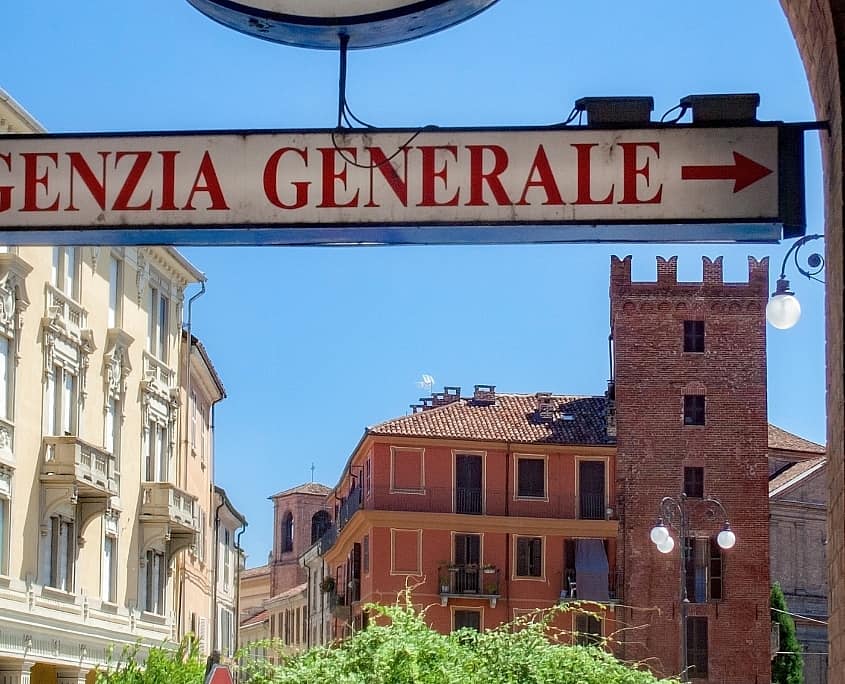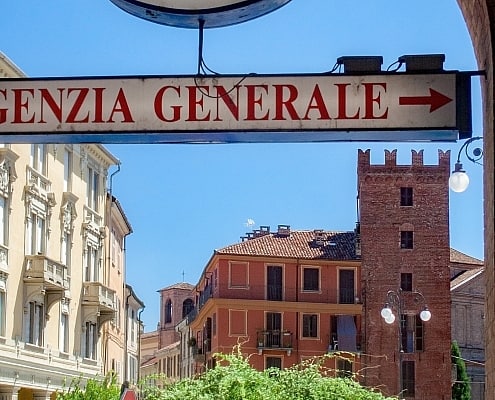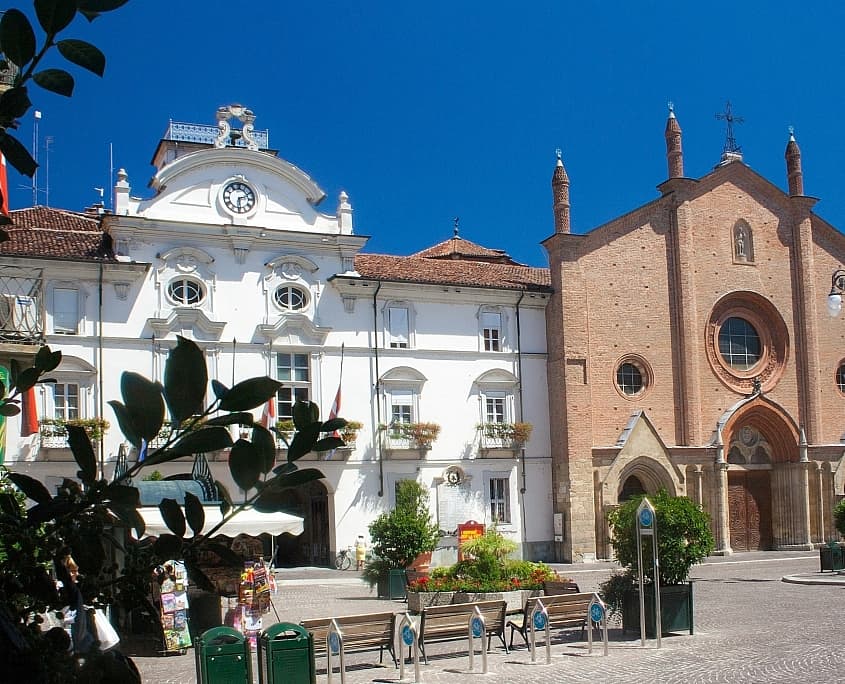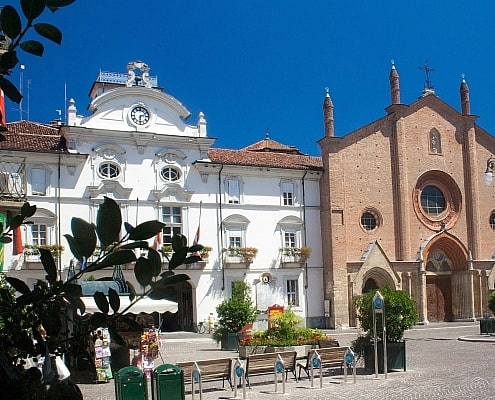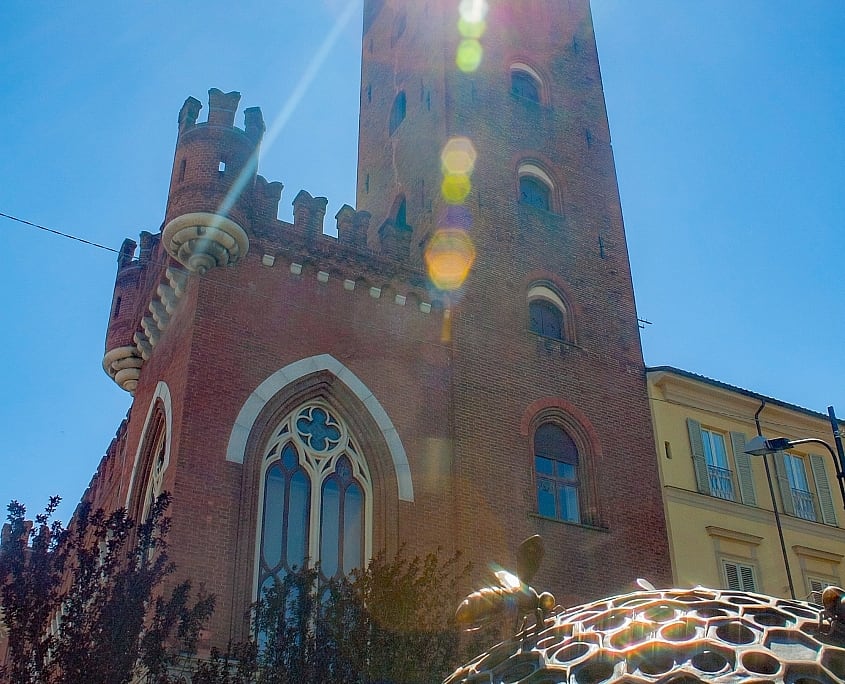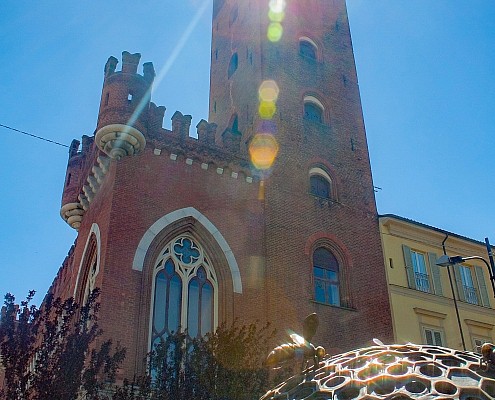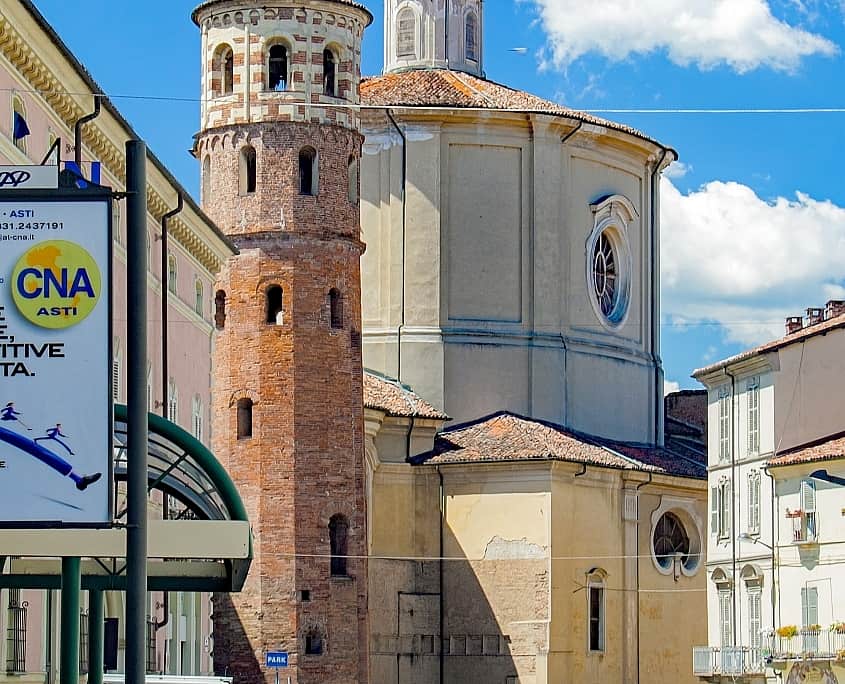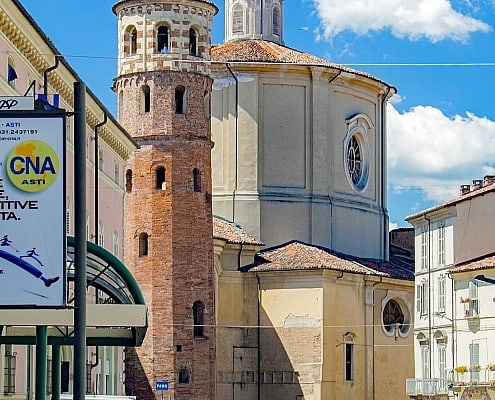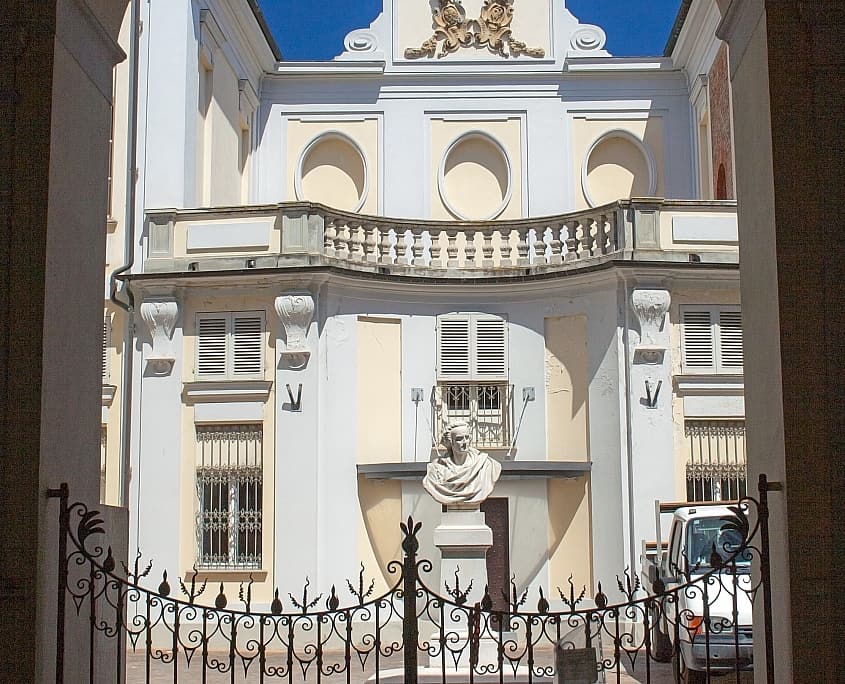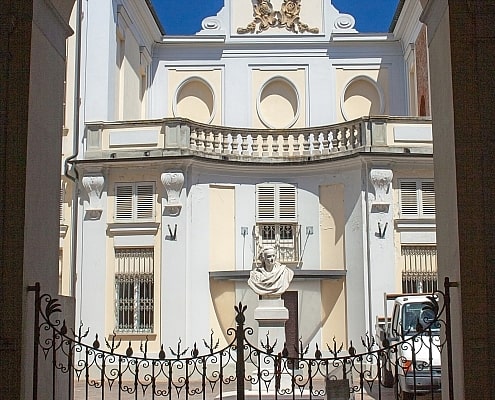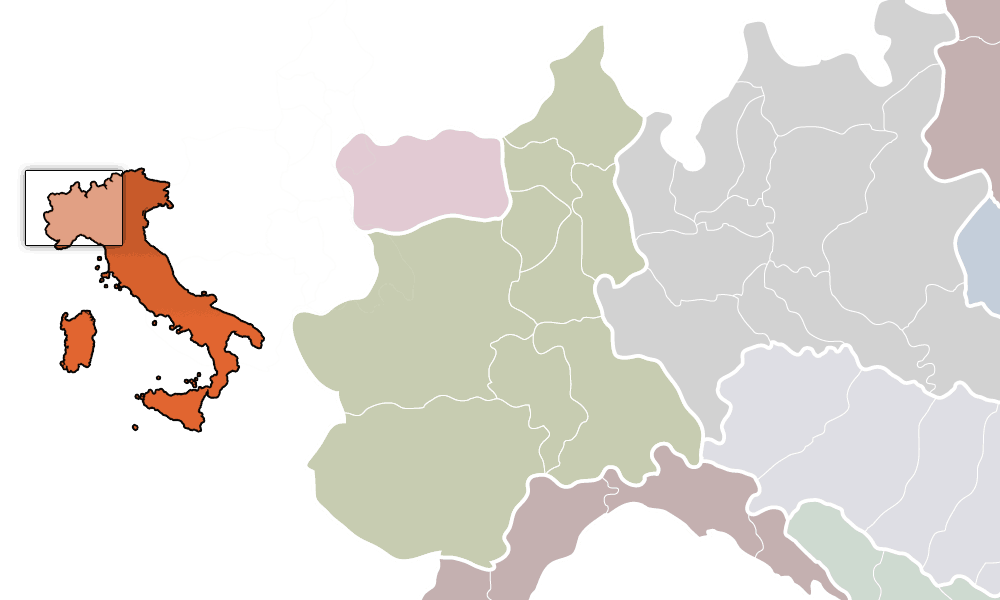What To Do In Asti?
Asti is one of the gourmet cities of Piedmont. The province of Asti is located in the heart of the Piedmont region halfway between Turin, Alessandria, Alba, and Casale Monferrato. Around Asti there is a large wine-growing area in a beautiful hilly landscape. The extensive vineyards with gentle hills and valleys appear in a new play of colors in every season, a treat for the eyes and senses.
The wine-growing region extends to the Langhe area near Alba. If you walk look around in your supermarket, you will find Asti products. Asti is world famous for its sparkling wine, the Asti Spumante. Nature reserves along the course of the river alternate with small, medieval villages and abbeys along the historic Frankenweg.The provincial capital Asti has approximately 75,000 inhabitants. The historic city center dates from the Middle Ages. Asti flourished from the 11th to the 14th century. In September, the traditional wine and harvest festival and the Palio d’Asti, a traditional horse race, are held.




